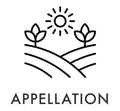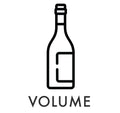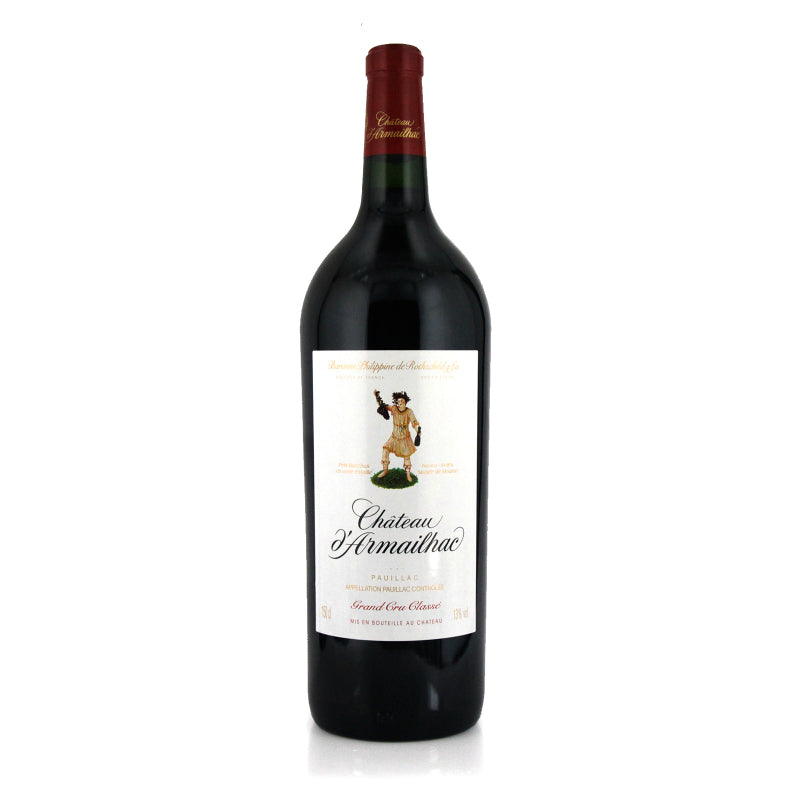Chateau D'Armailhac Pauillac 1999 1500ml










The 1999 Château d'Armailhac offers a complex profile, with fresh fruit notes of cherry, blackcurrant, and redcurrant, complemented by floral aromas of violet and lilac. On the palate, it shows round, harmonious tannins, enhanced by hints of vanilla, tobacco leaf, and cedarwood, followed by lingering flavors of liquorice, menthol, and spice. The wine has a vivid red color with a ruby tint, and while it’s medium-bodied, it reveals a rather angular structure with youthful tannins. The wine is now ready to drink, offering an elegant and refined finish, but it may not rank alongside the estate's best vintages.
The Wine Advocate | RP 87
Published: Feb 1, 2017
Drink: 2015-2019
It has been several years since I last tasted and rather lambasted the 1999 Chateau d'Armailhac. To be honest, I am still not convinced that this is a great vintage for the Chateau, certainly when in this instance, compared to the 2009. It has a fresh, rather herbaceous bouquet that does not quite deliver the requisite fruit to suit this style. The palate is medium-bodied with sharp and rather angular tannin. It is open and ready to drink, but does not really rank next to the best vintages of this estate. Tasted August 2016.
Jancisrobinson.com | JR 17
Published: Oct 5, 2005
Drink: 2007-2017
Still some blue. Quite dense and chunky on the nose. Very, very sweet palate entry, then very youthful tannins. Relatively dramatic and still rough-edged.
Chateau-darmailhac.com
Harvest: 24 September to 5 October
Varietal mix:
Merlot 42%
Cabernet Sauvignon 35%
Cabernet Franc 23%
Tasting notes
The wine has a fine, rather vivid red colour with a ruby tint and a very open, complex nose on which fresh fruit (cherry, blackcurrant, redcurrant) and floral aromas (violet, lilac) mingle with denser notes of vanilla, tobacco leaf and cedarwood. The body builds rapidly from a substantial attack on round, harmonious tannins which unfold over elegant, well-integrated oak, developing a pleasant suggestion of liquorice, menthol and spice on the palate. The long, elegant finish displays highly refined tannins and lingering red fruit flavours.
Climatic conditions
Flowering began on 25 May and took place evenly and quickly across the three varieties; it was complete by the beginning of June, some eight days earlier than the average for the last 30 years. The spring and summer of 1999 were relatively hot, with temperatures consistently higher than the seasonal average.
Mid-veraison was noted three to six days earlier than average, on 4 August for Merlot and 7 August for Cabernet Sauvignon. Temperature records at the end of August showed an increase of more than 1° C in comparison with the aggregate average for the last 30 years. Beneficial for the fruit, these conditions also encouraged constant growth of the vines, which were trimmed eight times rather than the customary five or six.
July and August were wetter than normal: 169 mm of rain fell during the two months, compared with an average of 107 mm. The rainfall, mainly due to storms on 27 July and 2, 6 and 18 August, did not have the same effect as steady rain, since the water ran off relatively quickly. Fine weather returned on 20 August, enabling the crop to ripen in good conditions. The grapes were of good quality, with high degrees of potential alcohol and a perfect balance between sugar and acidity. Anthocyan levels were high or very high, especially in some Merlot parcels, holding out the promise of a great vintage.
Crop thinning and leaf removal were carried out in the entire vineyard. Fine, very sunny days alternated with dull weather during the harvest period, making it possible to harvest a healthy crop of well-coloured and nicely tannic grapes.




